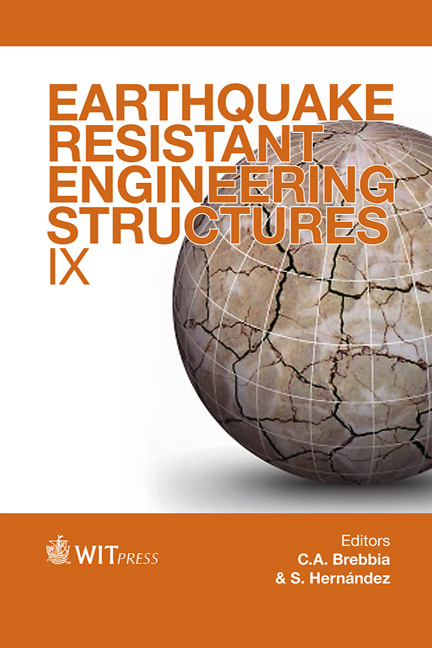Flexible Soils Amplified The Damage In The 2010 Haiti Earthquake
Price
Free (open access)
Transaction
Volume
132
Pages
12
Page Range
433 - 444
Published
2013
Size
3564 kb
Paper DOI
10.2495/ERES130351
Copyright
WIT Press
Author(s)
R. O. de León
Abstract
On January 12th, 2010, a 7.0 magnitude earthquake with an epicenter 15 km SW of the city of Port-au-Prince and a hypocenter at 10 km depth, caused 316,000 deaths, 350,000 injured people, and destroyed 300,000 homes that left 1,500,000 homeless. This is the worst global seismic tragedy of the past 50 years. All the collapsed buildings in Haiti were raised on soft and flexible clayey soils of bad seismic response, which were deposited on ancient marine channel. In comparison, the buildings raised on Tertiary limestone of the southern slope of the city suffered no damage. This includes the precariously built structures near the epicenter, which lacked any engineering design from the impoverished people who live on the rocky slopes. Buildings with apparently robust structures, and designed with engineering standards, such as the national palace, the cathedral and the Montana hotel, collapsed when the soft and flexible soils amplified the vibration and the seismic energy of the earthquake. This resulted in greater forces that produced wide lateral displacements at the higher levels of homes and buildings. These forces caused major shear deformations that exceeded the elastic limit of the concrete, leading to failure and the loss of many lives. Few architectural designs took seismic response into consideration when engineering building projects. The low shear-strength (which may be related to low shear velocity) foundations of many locations were given no differential treatment, in comparison to locally more rigid rock foundations. These engineering deficiencies lead to more seismic disasters around the world.
Keywords





